Area 51, Nevada
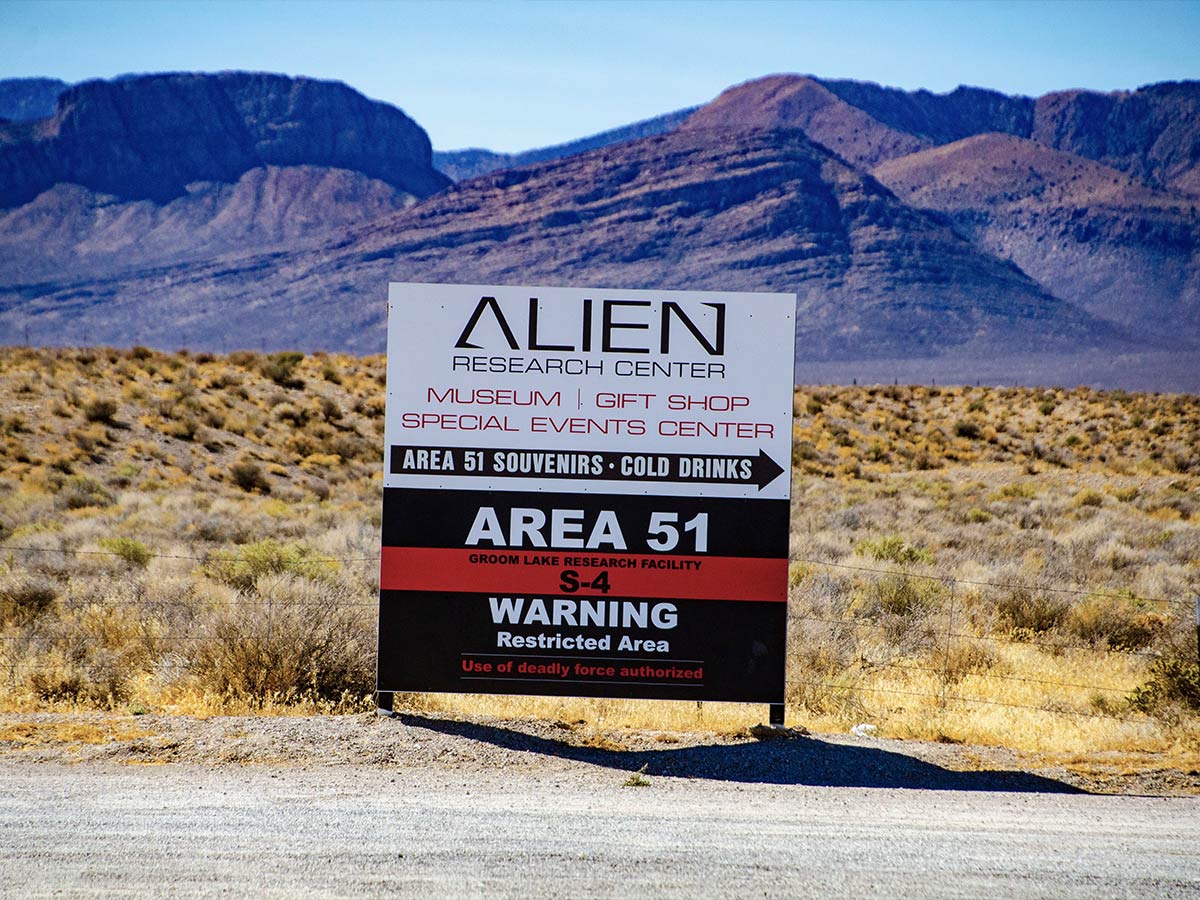
This top-secret U.S. Air Force facility in Nevada has a long history shrouded in suspicion. The base's purpose has never been publicly revealed, but it has been surmised over the years to be the testing grounds for experimental aircraft. The CIA only publicly acknowledged its existence for the first time in 2005.
Conspiracy theorists and UFO seekers may travel SR 375—the Extraterrestrial Highway—to the nearby town of Rachel but won’t make it past the Area 51 border patrol at the front gates. While the population of Rachel, Nevada, is only 54, travelers can stay at the Little A'Le'Inn or grab a meal from the attached restaurant.
North Sentinel Island, India
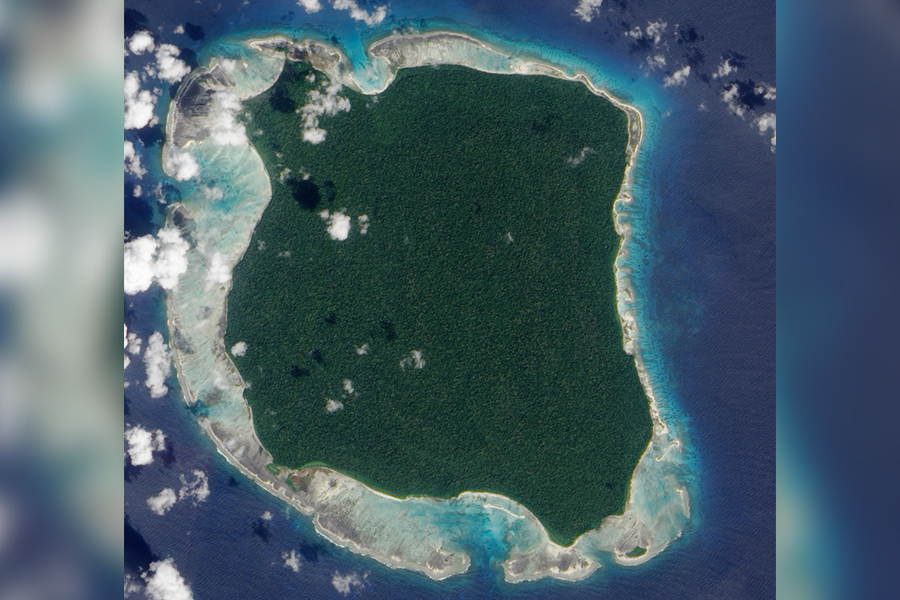
This island forest in the Bay of Bengal is home to the Sentinelese, an isolated-by-choice indigenous group with an estimated population of fewer than 500.
This close-knit tribe keeps their slice of paradise off limits and is known to launch flaming arrows at outsiders who venture too close.
Metro-2, Russia
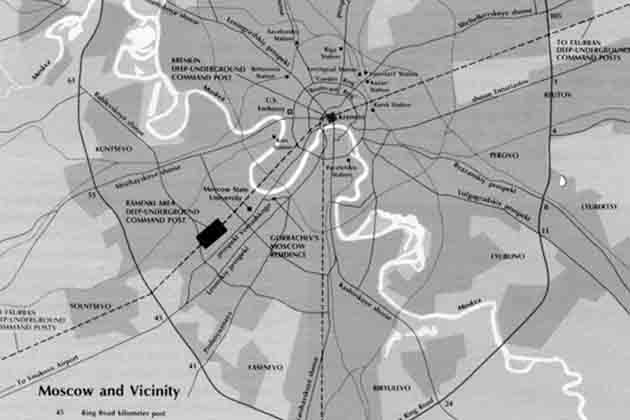
During Joseph Stalin's tenure as the leader of the Soviet Union, it is purported that a second secret underground metro system was built between governmental headquarters like the Kremlin and the Federal Security Service (FSB). Though it has never been confirmed, some people have claimed to have uncovered entrances and tunnels of the secret line.
If a super-secret railway existed anywhere, it’s got to be in Russia. The Russian government was up to some questionable activities under Joseph Stalin’s leadership. But if the Metro-2 does exist, bet your biscuits no one is allowed to know about it. And if you did? You’d probably end up sleeping with the fishes.
Snake Island, Brazil
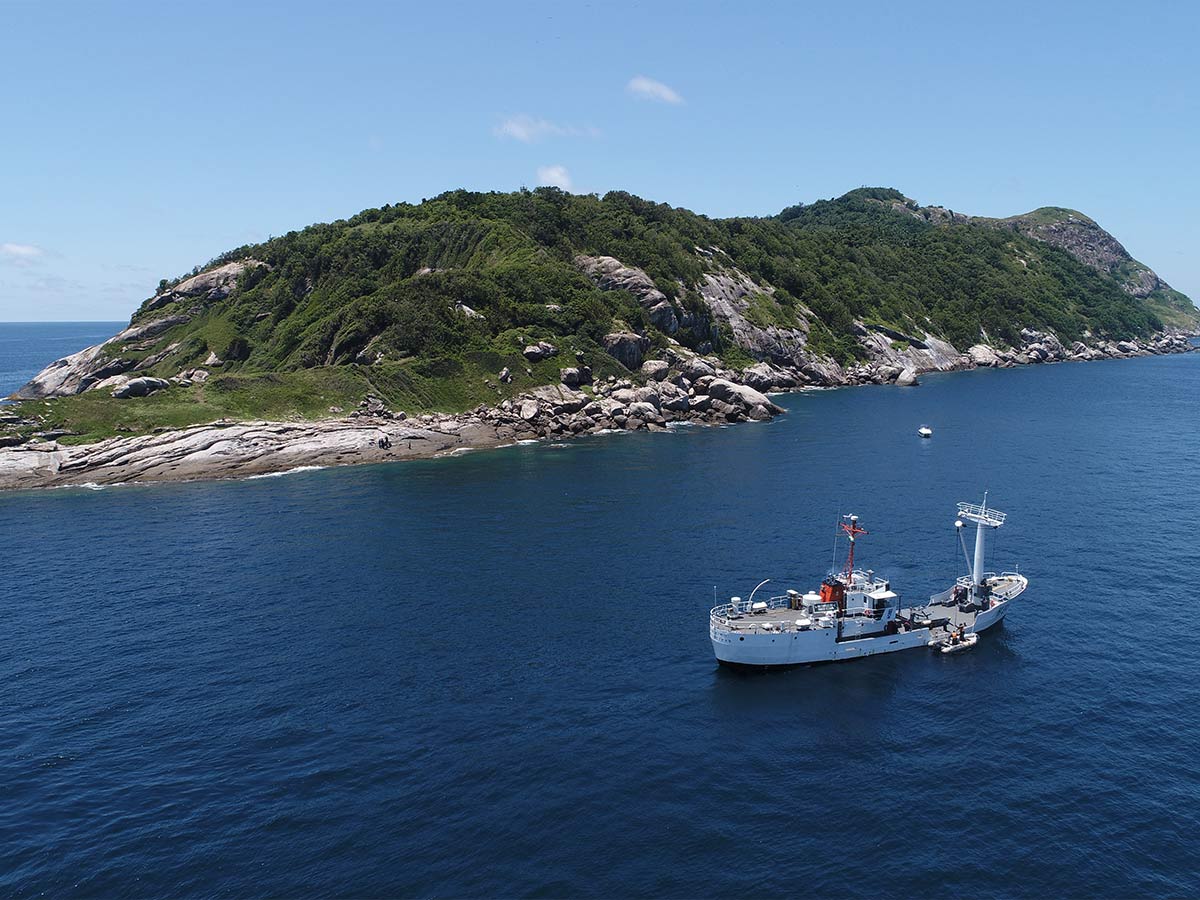
Looking for the perfect tropical getaway? Mark this one off your list! An estimated 4000 golden lanceheads (a species of pit viper) exclusively occupy this 100-acre island just off the coast of Brazil.
With venom powerful enough to melt human flesh, I’d say no one is missing out on this visitor-forbidden piece of Earth.
Bohemian Grove, California
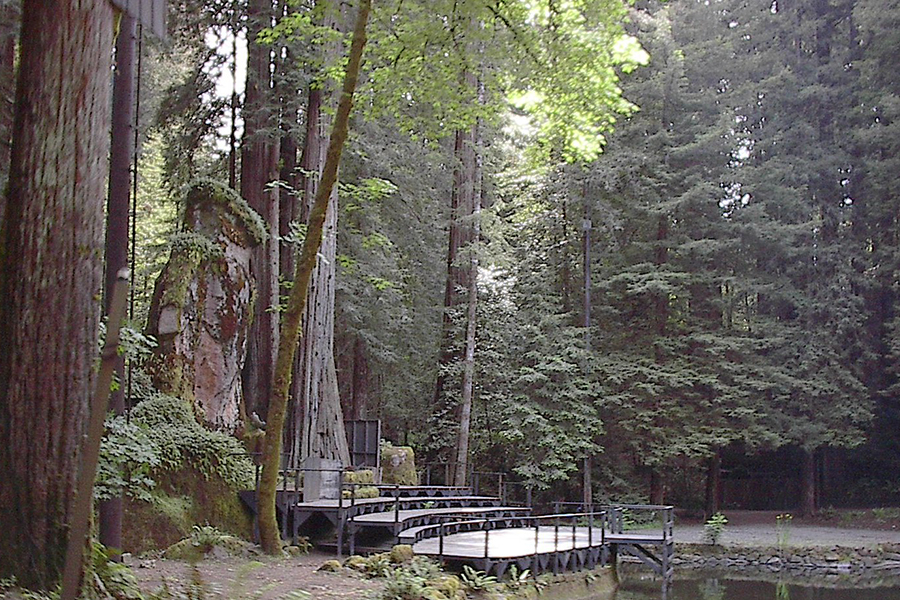
Deep in the majestic redwoods of northern California lies a private 2,700-acre playground. Wealthy, elite members of the exclusive, all-male Bohemian Club have been roasting S'mores here every summer since 1872. Don’t even consider infiltrating this controversial camp, or you might suffer a bad fate.
Private parks sound sketchy enough, but private parks for the ultra-rich? That sounds like a Black Mirror episode. People are fascinated by the lifestyle of the rich and famous, but even if normal people could get into this place, why would you want to? These people probably aren’t very nice, judging by what happened to the reporter.
The Lascaux Caves, France

In 1940, teenagers discovered caves in southwestern France that had walls featuring 17,000-year-old engravings and paintings of symbols and animals.
The caves were closed after the work began to deteriorate, but a reproduction of this ancient attraction will open in the Centre International de l’Art Parietal in Montignac in December 2016.
Poveglia, Italy
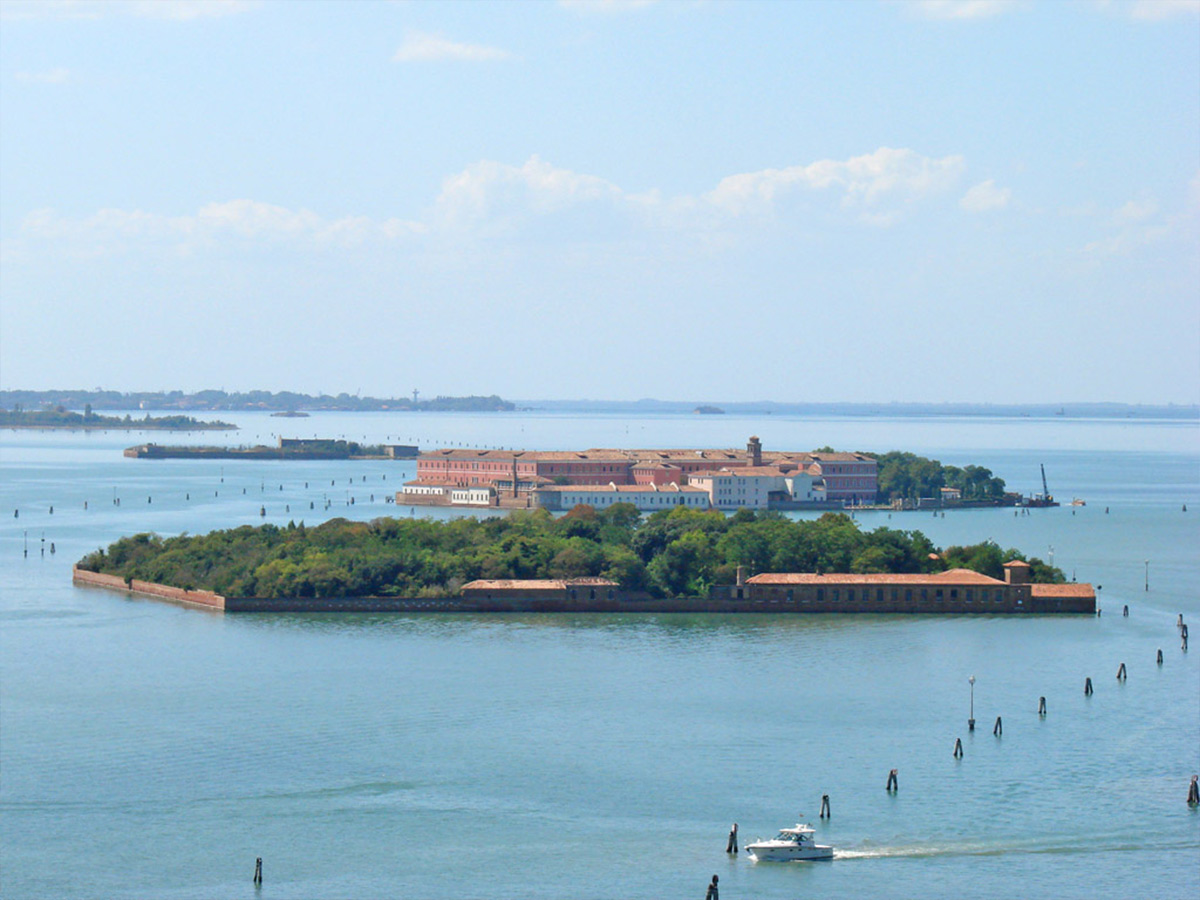
When the bubonic plague hit Italy around 1348, the infirm were sent to live and die in quarantine on Poveglia, a small island between Venice and Lido. It became home to a mental hospital in the 1920s, and helpless patients became subjects of cruel experiments. It is said to be rife with paranormal activity, and tourists are strictly banned.
Being such a place of tragedy and suffering, it’s no doubt this island is haunted like Amityville! However, this place is still sort of a historic landmark, so people should be allowed to visit. Unless there’s a risk of the plague still living on the island, we say open it up! Let the ghost hunters in! We’re sure urban explorers have broken into the island at some point or another.
Coca-Cola Vault, Atlanta, Georgia

The Coca-Cola recipe is one of the most heavily guarded secrets anywhere in the world. While you can visit the World of Coca-Cola at the Coke headquarters in Atlanta, there's just no way you're getting into that vault! What's in that vault? The secret recipe for Coke, of course!
Coca-Cola, better known as Coke, is pretty tasty. So, it’s no wonder that secret recipe is locked down better than Fort Knox. If we’ve learned anything from Sponge Bob Square Pants, it’s that people would do anything to get their hands on the “secret formula.” We’re not sure if there’s ever been an attempt at stealing the recipe, but just in case there is, it’s locked down tight.
Room 39, North Korea

Kim Jong Il created the division of the North Korean government in the 1970s. Counterfeiting, illegal weapons, drug sales, and other unsavory business operations are believed to be among the reasons for its existence.
Very few are allowed entry to this secret building.
Svalbard Global Seed Vault, Norway
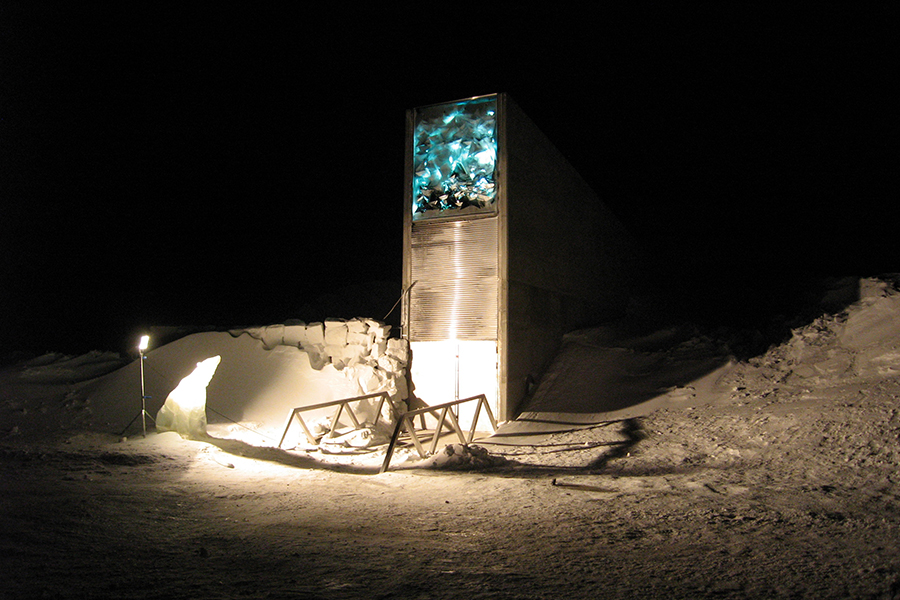
This mountainside seed vault on the Norwegian island of Spitsbergen is secure enough to protect the world’s crop varieties from the most devastating natural and man-made catastrophes. Employees of the facility, which is owned and operated by the government of Norway, are the only people allowed inside. You can take a virtual tour, though!
There are perfectly good reasons for why it’s illegal for people to visit the Svalbard Global Seed Vault in Norway. This facility was built for an extremely important purpose. In the event of a global event that wipes out all life on earth, the seed vault will be used to prevent the extinction of the plants.
US Bullion Depository, Kentucky

This well-guarded vault at the U.S. Army installation of Fort Knox houses tons of gold bullion and, during WWII, important historical documents, including the Declaration of Independence and Magna Carta. Heavily armed guards, a four-foot-thick granite wall, and a lock that takes a special team of 10 to open means you aren’t getting in.
At sights like these, security is key. Some of the founding documents of the United States of America came through here so you know it’s serious. You may have heard of the commonly referred to Fort Knox, but this is the most secure place at Fort Knox. Meaning it’s super secure.
Pine Gap, Australia

Situated near Alice Springs, the Joint Defence Facility Pine Gap is a ground satellite station owned and operated by Australia and the United States. This spy base can reportedly listen to every continent except the Americas and Antarctica. Entry is restricted to its approximately 1,000 employees, who are sworn to secrecy.
It's no wonder that Pine Gap is locked down tight. With the ability to spy on the literal world, having tight knit security is pertinent for ensuring this kind of power doesn’t fall into the wrong hands. As for the 1,000 employees sworn to secrecy, that sounds like a bit much. Either way, no one’s getting into Pine Gap anytime soon.
Chapel of the Tablet at Our Lady Mary of Zion, Ethiopia

This is where the Ethiopian Orthodox Church claims to keep the original Ark of the Covenant, which is said to house the stone tablets on which Moses transcribed the Ten Commandments. The holy artifact is solely protected by an elderly high priest who never leaves the small churchyard. He is expected to name his successor on his deathbed.
Listen, we’re not here to speculate whether or not this little church actually has the ark of the covenant, we’re just saying it’s really suspicious that absolutely no one is allowed in to see it. What a perfect way to cover something up. If they were trying to be so secretive about storing it, why even tell people you have it?
The Vatican Secret Archives, Vatican City
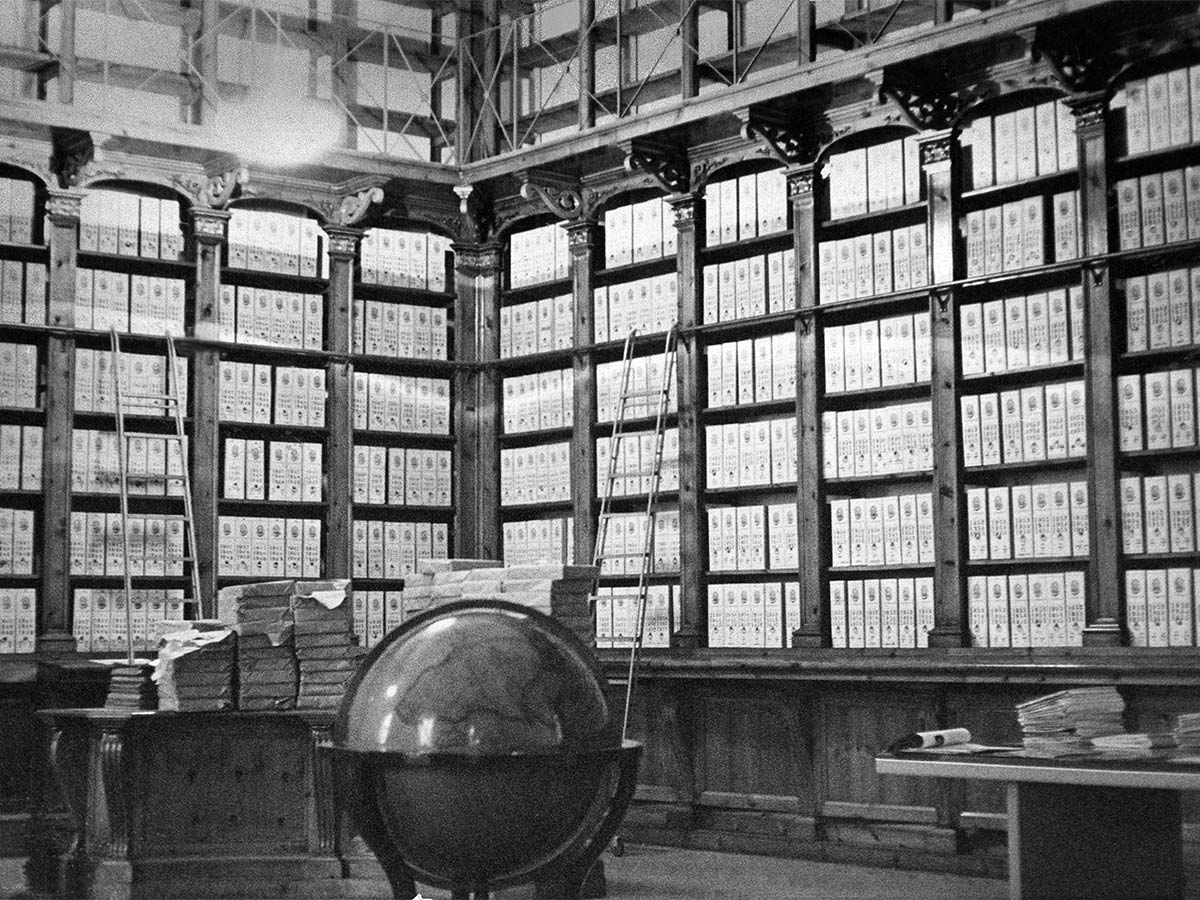
Martin Luther’s excommunication papers, letters from notables like Abraham Lincoln, and other documents dating back to the 8th century are kept safely on the 50 miles of shelving in this papal library. Pope Leo XIII started allowing select Catholic scholars to research the archives in 1881, and the rules for admittance remain strict to this day.
These archives are literally telling the story of the world as we know it. Being that the Vatican has been one of the wealthiest institutions all throughout world history, it’s no doubt that there are some interesting finds kept hidden away. With such immense importance to history, this place has its reasons for keeping people out.
Ise Grand Shrine, Japan
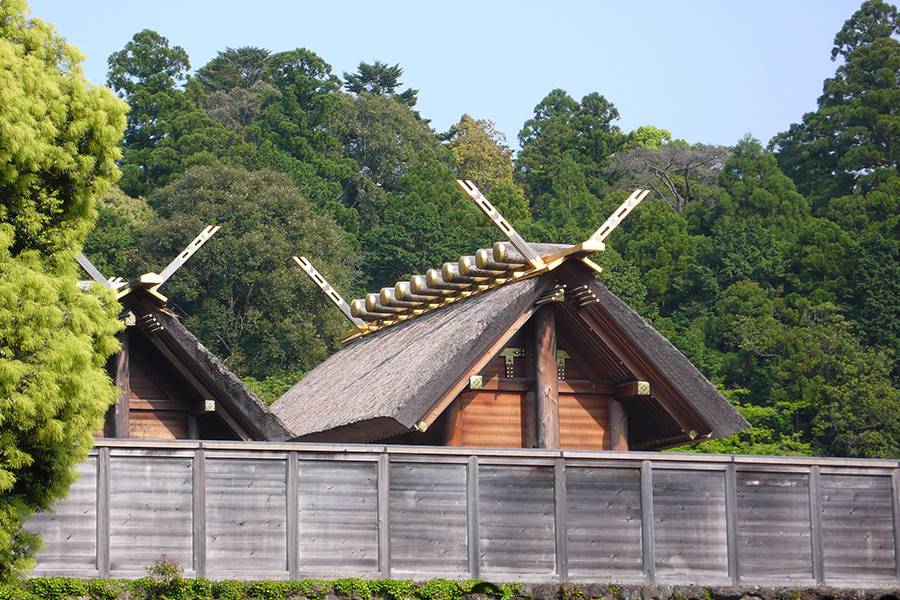
This roughly 2,000-year-old Shinto shrine was erected for Amaterasu, the Sun Goddess. Reportedly, it contains the Sacred Mirror of the Emperor. Members of the Imperial family and a select few shrine priests are the only people allowed inside. The shrine is composed of many shrines leading to a main shrine.
The Isle Grand Shrine is very important to Japanese culture because it’s considered the birthplace for their national religion, Shinto. Even though it is illegal to go within the shrine, it receives over six million pilgrims, tourists and visitors every year. One of the most important festivals in Japan, the Kannamesai Festival, is held at The Isle Grand Shrine every October.
Surtsey, Iceland
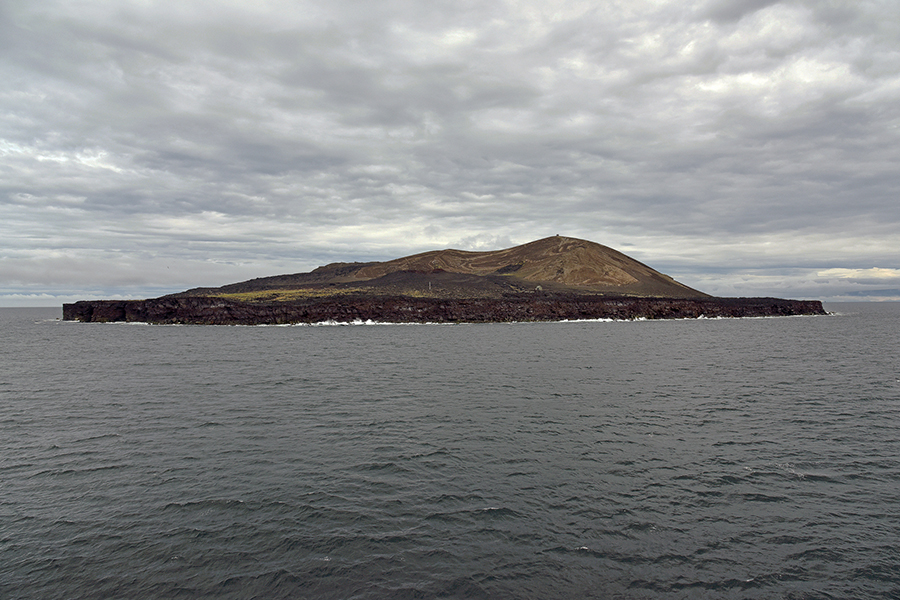
A volcanic eruption on Iceland’s Vestmannæyjar archipelago produced a new island, Surtsey, in 1963. Quickly declared a restricted nature reserve, it is only open to researchers. Here, they carefully study the flora and fauna of this young and pristine ecosystem. Research like this is extremely important, for science.
It's extremely rare for islands like this to come out of the ocean for us to observe. Understanding how ecosystems on these small islands start and grow is crucial to our understanding of how life on our own continents came to be. Also, finding an ecosystem completely unaffected by man is also extremely rare.
Tomb of Qin Shi Haung, China
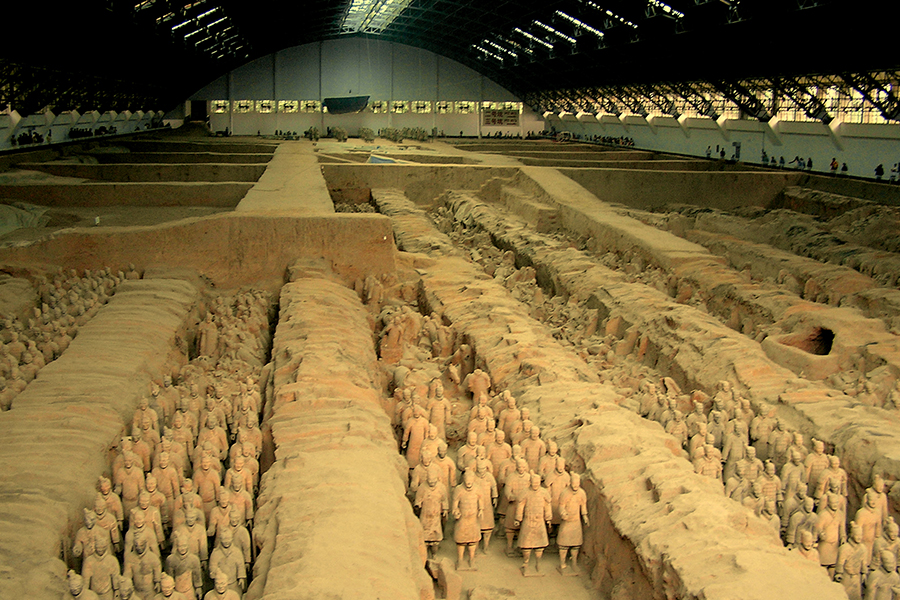
The Terracotta Army that guarded the tomb of China’s first emperor has been exhumed. It consists of clay reproductions of his servants, animals, and family. The main tomb, on the other hand, remains untouched. Respect for ancient burial rites and the dangers of digging up poisonous, mercury-rich soil might keep this mausoleum shut forever.
Qin Shi Haung, the first emperor of China, probably deserves to rest in peace. While the emperor’s terracotta army is stunning, leaving the mausoleum alone is not only respectful, but it’s what’s best for your own safety. Mercury poisoning is no joke, so if disturbing an entire culture of people’s founding emperor isn’t justification enough – Mercury poisoning.
Ni'ihau, Hawaii
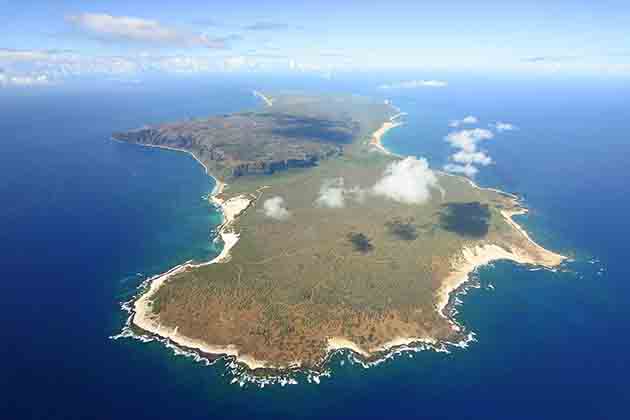
Ni'ihau is the westernmost and the 2nd-smallest of Hawai'i's main islands, but tourists can't visit it at all. Why not? A lady named Elizabeth Sinclair purchased the entire island from the Kingdom of Hawai'i in 1864, so Ni'ihau is private property. Sounds like $10,000 well-spent to us!
Having an entire private Hawaiian island sounds like a bit much, but hey if you’ve got it flaunt it! Just don’t let anyone else visit. Could you imagine only paying 10,000 for an island. That island must be worth a fortune now. We bet the Kingdom of Hawai’i is kicking themselves for selling it now.
Mezhgorye, Russia
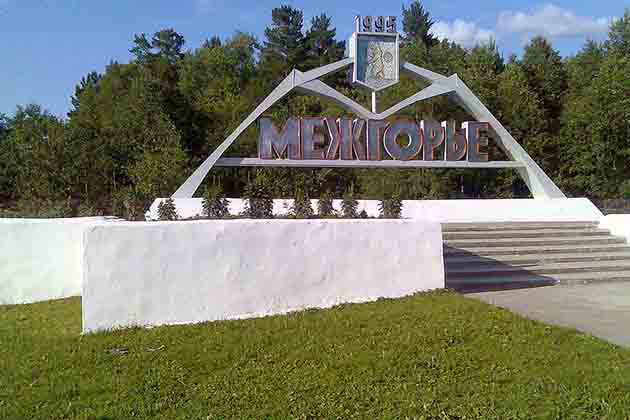
This is a "closed town" operated directly by the Russian government. It's closed status results from the majority of residents being affiliated with nearby Mount Yamantau, claimed by the U.S. government to be the side of a Russian nuclear facility, secret bunker, or both. The population is estimated to be about 17,000.
A secret city sounds pretty sketchy, and since it’s in Russia, it probably is! Who knows what’s going on there, we’re sure here in about fifty years there will be some stellar Netflix documentary about what actually goes on there, but in the meantime we’ll just have to be armchair speculators because there’s no way we’re getting in to find out.
Mecca, Saudi Arabia

Unless you are a practicing Muslim, you won't be allowed to enter the city of Mecca. The area has undergone a huge infrastructure campaign, so there are tons of interesting buildings and architecture to see, including the largest clock tower in the world. But since only about 1% of the U.S. population is Muslim, most American travelers are prohibited.
The city of Mecca in Saudi Arabia is one of the most important cities for Muslim people to travel to. In fact, Muslims around the globe turn to face this city wherever they are during prayer. Muslim people are also expected to try and travel to Mecca when they can during their lifetime. This expectation makes Mecca consistently one of the busiest tourist destinations in the world.
Guadalupe Island, Mexico
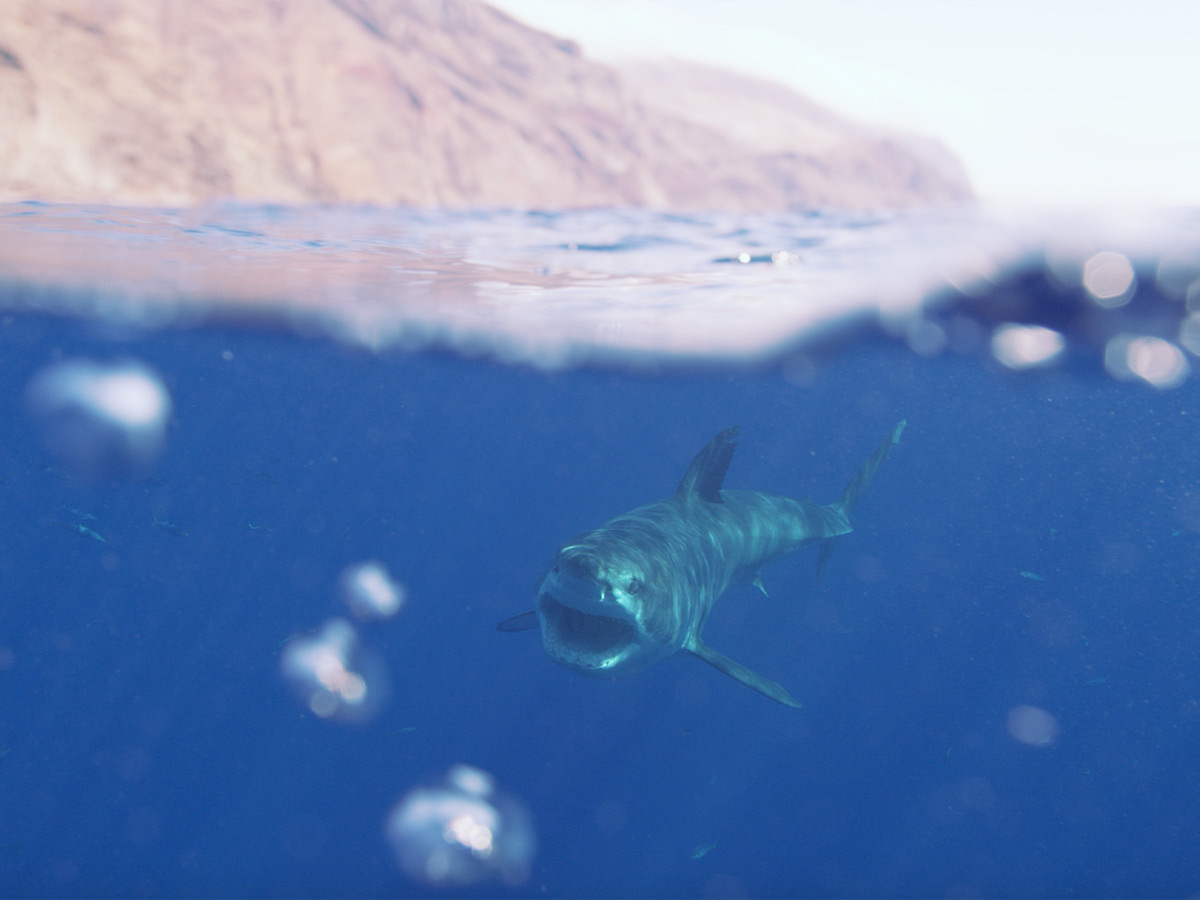
This island off the coast of Mexico's Baja Peninsula is one of the best places to spot the famed (and dreaded) Great White Shark. But you can't just go on tours whenever you want. The area is a biosphere reserve, and you must get a permit (if selected) in order to visit the area.
This day in age, preserving nature is extremely important, that also means preserving the condition of in which nature is living. Biospheres like these protect rare living conditions necessary for a species survival, they also help scientists better understand how the world works. SO, if you’re dying to see a great white, just hang out in the pacific for a while, you’re sure to see one.
North Brother Island, NYC
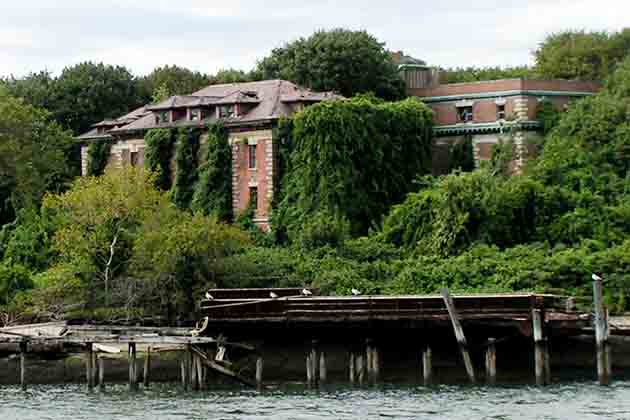
At one time, North Brother Island was a quarantine site and then later a rehabilitation facility for drug addicts. It closed over 50 years ago and has been abandoned ever since. Even though it sits in the East River in one of the most populated metro areas in the world (New York City), people are forbidden from the island as it is currently designated a bird sanctuary.
In big cities like New York having places for birds just to be is pretty important. However, locking down an island in New York with a gorgeous mansion on it seems a little Bruce Wayne if you ask us. We’re not saying there’s a super villain’s lab there, we’re simply asking why all the mystery if it’s just a bird sanctuary.
El Castillo, Chichen Itza, Mexico
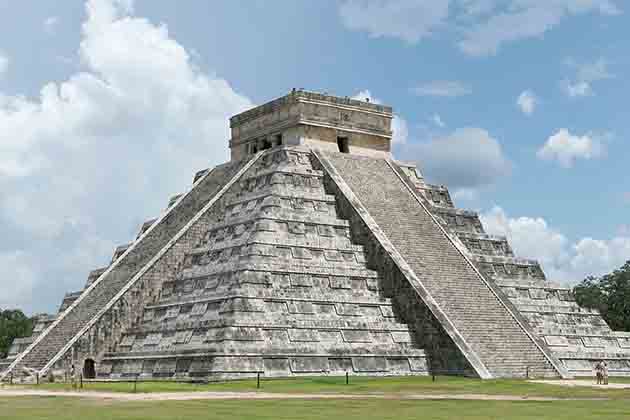
No, we didn't make a mistake. Yes, visitors are allowed around the grounds of Chichen Itza. But climbing up the steps was stopped in 2006 after a woman fell to her death. That same year, the El Castillo interior was closed to visitors. The only way to see the interior of the throne room now is via pictures.
Chichen Itza is one of the more important cultural sites in the world, while it stood hidden away in the jungle for thousands of years, we still need to do what we can to preserve it. The steps of the temple certainly aren’t safe, but probably shouldn’t be trampled on either. One wrong move and you’re tumbling to the bottom, probably taking a few pieces of step with you.
Pravcická Brána, Czech Republic

This land bridge is famous throughout Europe, and visitors used to have fun walking across it, gazing down into the open expanse below. Be because of heavy erosion, people have been banned from the top since 1982. The only way to enjoy this natural feature is from the ground.
Sites like these aren’t built to last, they’re formed due to the corrosive force of nature and they’ll be taken out in that exact same way. Just look at that land bridge, it could seriously give way at any moment. One small earthquake and this thing is coming down. Hopefully no one built anything below it.
Bhangarh Fort, India
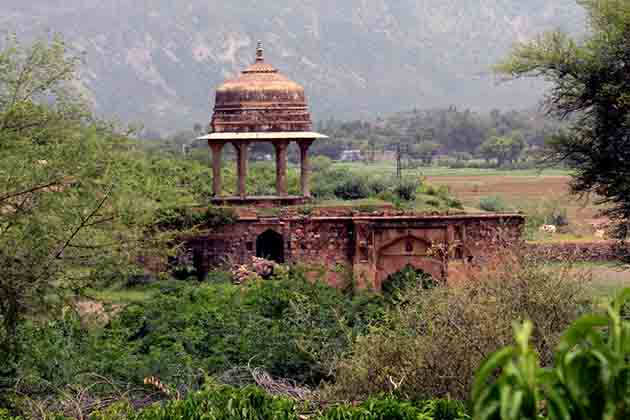
This fort built in the 1600s is now abandoned. According to legend, it is one of if not the most haunted place in India. The area does except tourists, but due to local feelings, finding a guide might be difficult. Visiting the area at night, however, is strictly forbidden.
The circumstances for why the fort is so haunted is still up for some debate. There are several stories involving love-lost wizards and drastic curses. However, despite the ooky-spooky hoopla, there have been several fatal incidences involving tourists over the years, meriting a review from the Archaeological Survey of India.
Heard Island, Australia
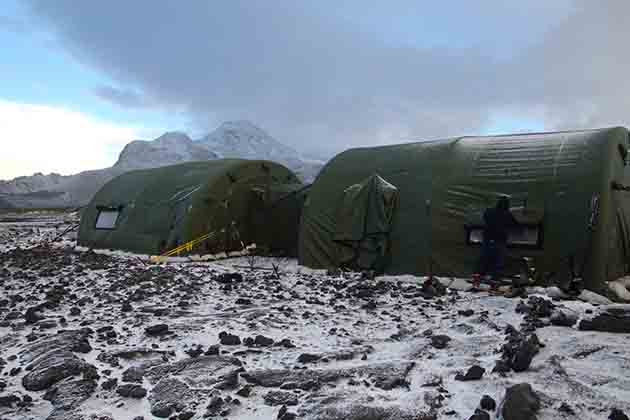
Heard Island is one of the most remote places in the entire world. The island is located in the South Pacific Ocean, around midway between South Africa and Australian but more southward toward Antarctica. No humans live there, and because the environment is so endemic and fragile, visiting scientists typically stay in temporary tents.
Islands and “pocket” biomes like these are rarely left alone by mankind’s sticky fingers. One irresponsible move and the entire system could collapse with disease or invasive species, just look at Snake Island in Brazil! You shouldn’t go here, unless you’re a specially trained scientist with a purpose to study the island responsibly.
Robins Island, New York
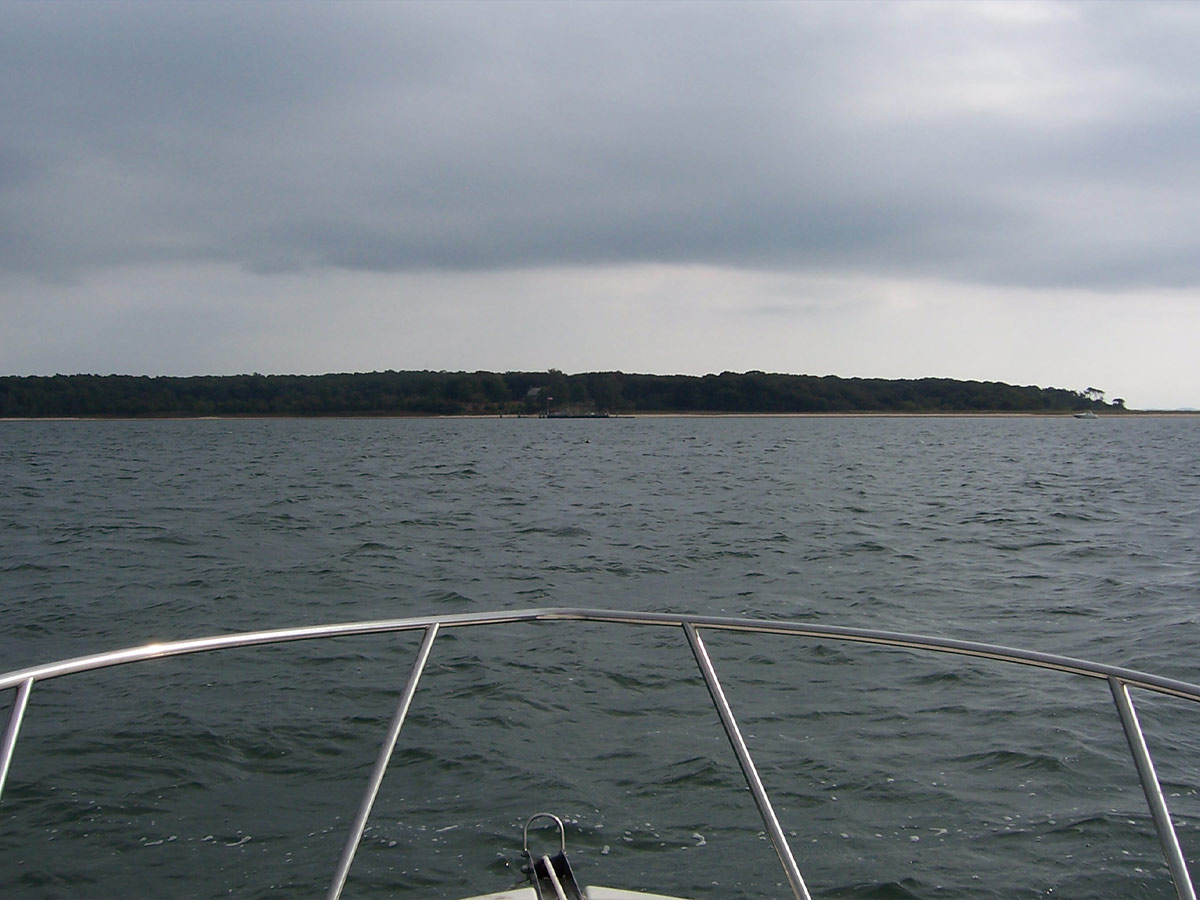
The eastern end of New York's Long Island forks into two parts. In between the two forks is Peconic Bay, and in that bay sits Robins Island. No one is allowed on the island unless they are invited by the owner, Louis Bacon, because it is privately owned.
who should own the land. The current owner, Mr. Bacon, Bought the island after it went into bankruptcy for 11 million dollars in 1993. He restored the island to it’s original state by importing oak trees and removing non-native grasses. Currently he uses it to host English pheasant hunts for his rich friends.
Granite Mountain Records Vault, Utah

In this secretive vault, owned by the Church of Jesus Christ of Latter-Day Saints, the church keeps an estimated 3 billion pages of family history records on file hidden from the public. But don't think you can get a peek of your own. Visitors aren't allowed inside!
Since 1999, The Church of Jesus Christ of Latter-Day Saints has been converting these records to a digital format to make them publicly available through it’s Family History Centers and on it’s website Family Search. The Mormons or LDS are very interested in genealogy to help identify past relatives who died without being baptized. They are then baptized by proxy in the temple, strengthening their eternal family unit.
Cuba

If you are an American citizen, it is still technically illegal for you to visit Cuba (at least for strictly pleasure tourism). Americans can still visit the country through government-approved tour operators, however. But when it comes down to it, general vacation is sadly still forbidden.
Buy in large, travel was banned to Cuba for fears of spreading Communism. Since Fidel Castro came to power in Cuba, the U.S. limited travel and trade with Cuba because of his political ideologies. In 2009, Barack Obama made it easier for Cuban Americans to travel to Cuba to see their family, but it’s still pretty strict to get into to this day.
Diego Garcia, British Indian Overseas Territory
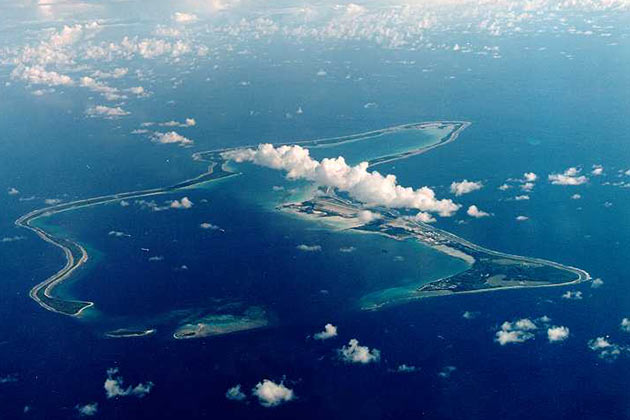
This Indian Ocean atoll is currently administered by the UK. However, in order to take control, they forcibly expelled the indigenous inhabitants (around 1,500 individuals) in order to turn it into a joint UK/U.S. military outpost. Today, only military personnel are allowed on the island.
This island was first discovered by Europeans, but it was settled by the French in the 1790’s. In the 1990’s, the Island was mostly used as a coconut plantation. 924 people lived there and worked there on the plantation. Children over 12 were required to work, but disabled people were allowed to live there if they did light work.
 Author
Jack Robinson
Last Updated: November 21, 2025
Author
Jack Robinson
Last Updated: November 21, 2025